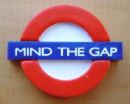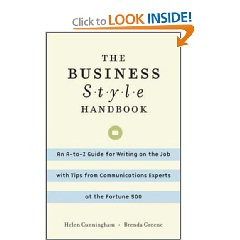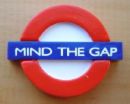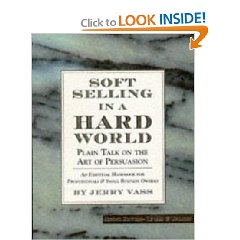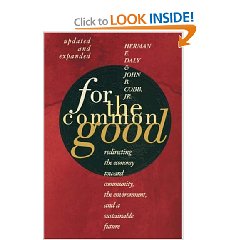I read this book because it is one of those recommended to the Commanding General of the U.S. Special Operations Command. After reading it, I think the Cliff Notes version would be useful to any President, and I have marked a number of pages for my teenager.
Sadly, the precursor to this book, written in 1984, was largely ignored by mainstream managers, just as proposals for intelligence reform were defeated in 1992 because the Pentagon was unwilling to give up budget authority for the good of the Nation. My point: better late than never. Grab this book and go with it.
I get two core points out of this reading: first, strive to balance opposites rather than going to one extreme or the other; and second, don't focus on resistance, but rather on opportunities. In the military this known as “going for the gap”–instead of pouring your reserve forces into the weakest point in *your* line, that is at risk of collapsing, you focus instead on finding the “gap” in the enemy line, you pour through that, and whip their ass from behind.
Much of this book is critical of both our current educational and our current managerial systems—both spend too much time teaching people what NOT to do, and very little time empowering people to think for themselves and create new “impossible” dreams.
The book has direct application to today's national security environment, when it points out that “pre-emptive strikes” are a form of avoiding reality and being reactive in advance rather than proactive and integrative, or transformative.
The emphasis on starting with the current reality (what my world would call “commercial intelligence”) may not be fully understood by most middle managers. When I started my company to do global commercial intelligence, our evaluation of the “competition” produced a surprising result: fully *half* of our competition came from our clients themselves, middle managers who thought they knew everything there was to know about their business, and were absolutely oblivious to the out-sourcing, privatization, plastic for steel substitution and the myriad of other threats that the Internet, Federal Express, tax laws, and Dutch and Chinese investment represented. Any manager reading this book who does not have a corporate “intelligence” capability (visit the Society of Competitive Intelligence Professionals for a fast read in), should be shocked into starting one immediately.
Visualization of perfection is in direct competition with rote performance and old metrics. Managers today are still largely “Cold War” managers focused on the traditional metrics of cash flow, cost reduction, short-term profit margins, and so on. Imagine what a difference it might make if the metrics could change, to include a focus on the health and knowledge of the individual employees, the health and knowledge of the community being supported and supporting the company, on changing the industry with standards and shared best practices, etc. In order words, managers need to move from a bunker mentality, where there is only one winner, to a network mentality, where multiple winners actually increase the totality of the profit over all and across previously unrelated communities of interest.
The last point that really struck me was the emphasis on transcendence (alluded to above) but interpreted by me, at least, as “born anew.” Whatever cost cutting measures we may have condoned in the past, whatever unethical practices including reductions in employee health benefits, etc. there is nothing standing in the way of any company's rebirth or any manager's resurrection and “rebirth” as a decent human being who can factor in human and ecological economics values (see my reviews of Herman Daly's various books).
We're killing America by killing our workers, and we are killing the world with predatory and immoral capitalism. This book is a valuable wake-up call for all managers, both in business and in government.




